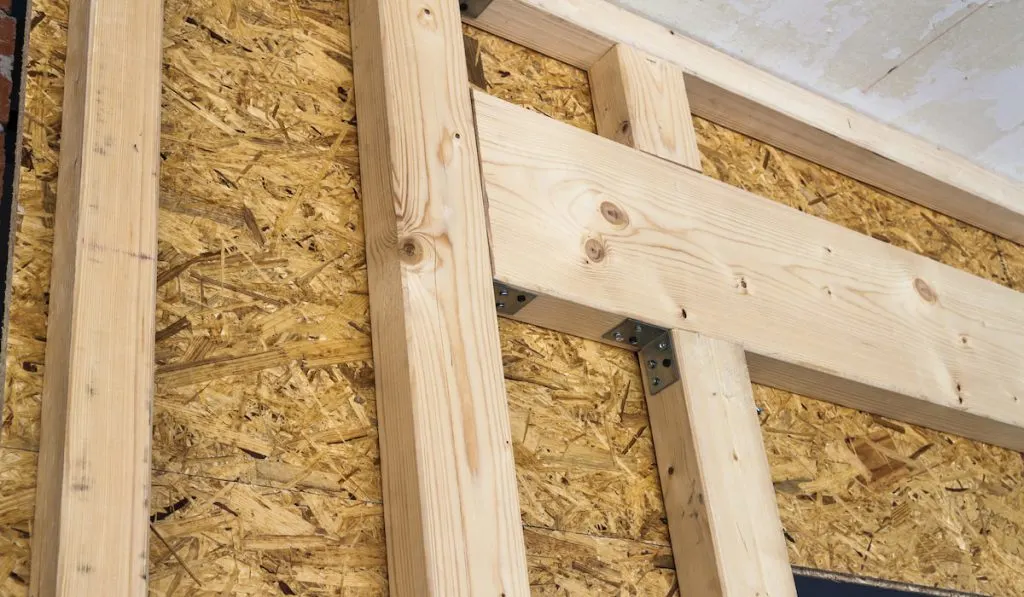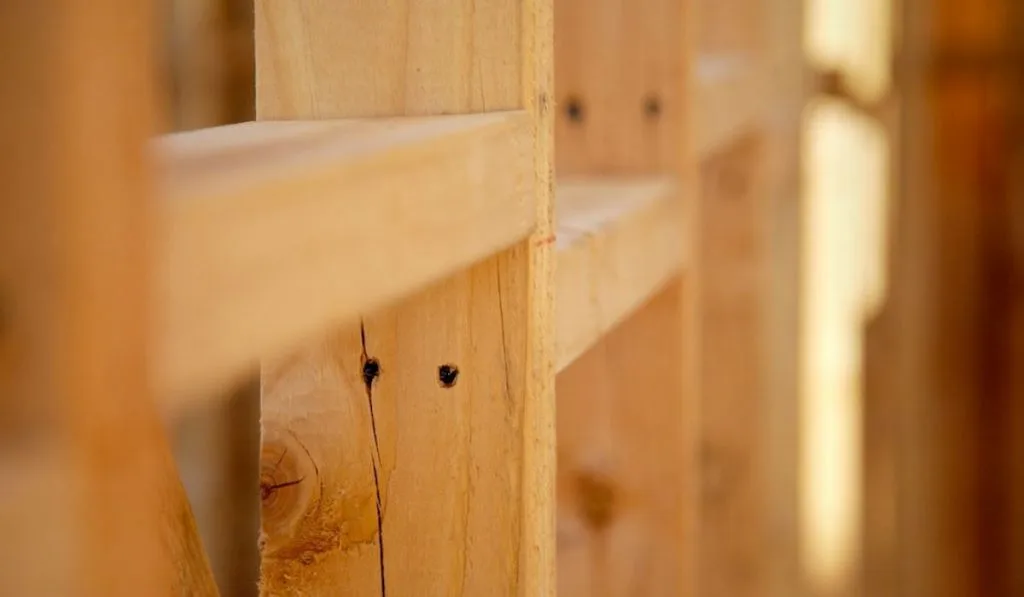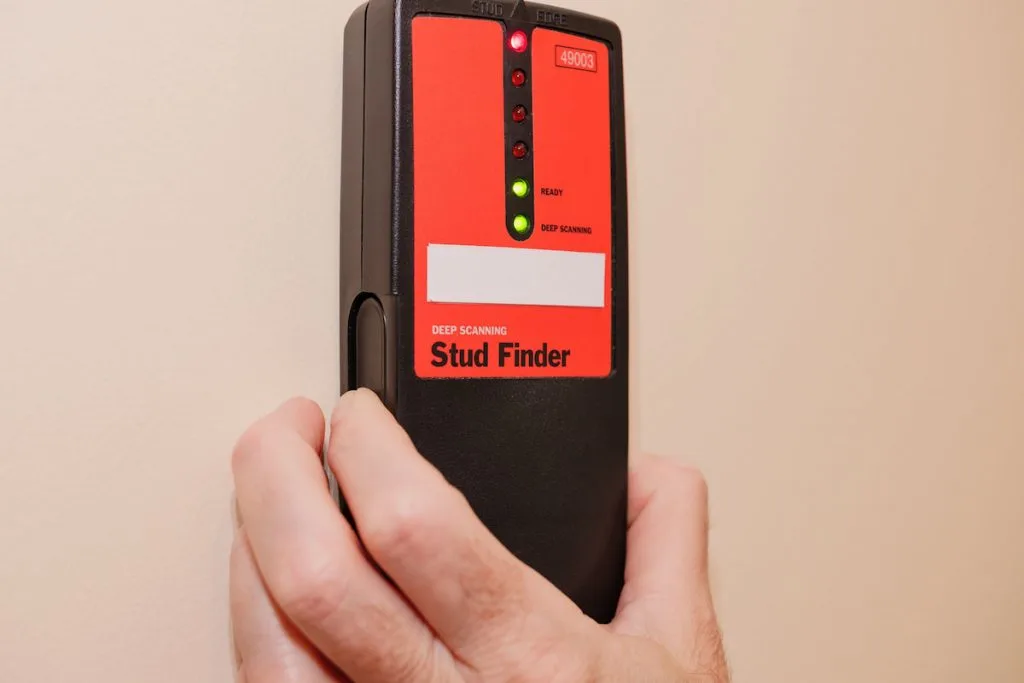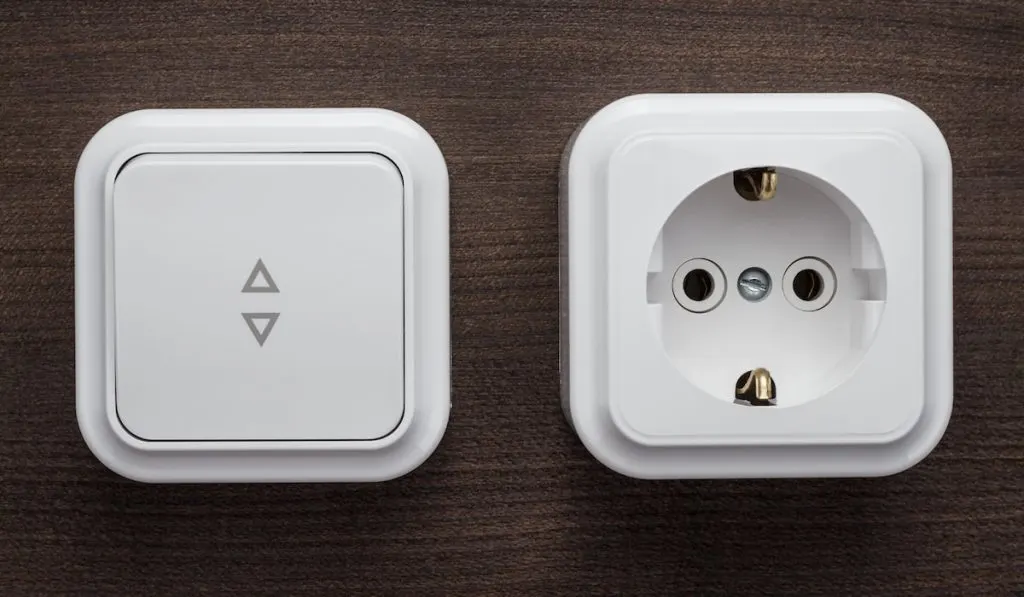One of the most important parts of any structure is its framework. Frameworks go a long way in determining durability. In essence, a weak framework equals low durability and vice versa.
When it comes to frameworks, skeletons are to humans what studs are to apartment walls. But do all apartment walls come with studs? Let’s see.
Do apartment walls have studs? Yes, they do. But not all of them. Apartment wall studs are typically seen in walls that are not built from bricks or concrete blocks. These studs can either be made of wood or solid metals such as steel.

There is more to know about wall studs, and we discuss many points in this post.
Do Apartment Walls Have Studs?
Barring those made from concrete blocks or bricks, apartment walls should have studs. However, you may find illegal structures without studs in some old houses.
Studs are part of a structure, onto which drywalls and sheathings can be attached to create the interior and exterior walls, respectively.
But beyond holding drywalls and sheathings, studs serve as the point of attachment for wall sockets, switches, shoe molding, crown molding, baseboard, and even pictures. Studs are fundamental to the structure of apartment walls. So their importance cannot be overemphasized.
Are They Usually Metal or Wood?
Over the years, wooden studs were more common than steel studs. If you examine a house built many years ago, you are more likely to find that the stud is made of wood. But these days, metal studs are becoming increasingly common, especially steel studs.
You may wonder why metal studs are becoming more popular. Well, the reason is not farfetched. Metal studs are more durable than wooden studs. Also, their quality is more predictable.
With wood studs, you have to worry about the wood staying dry. Wet wooden studs are prone to degradation. They could rot, shrink, crack, warp, or even split.
Wooden studs are also prone to termite attacks and similar attacks from other pests. Of course, the outcome of such attacks is the loss of the integrity of the wood.
Metal studs, on the other hand, take care of these downsides. They do not rot, warp, or split.
Plus, they are more durable than wood. Also, since they come galvanized, they are not at risk of rust.
Besides the above, metal studs have some other benefits over wooden studs. For one, they are resistant to fire, and they offer more resistance to tornadoes and earthquakes than wooden studs.
Since some metal studs are hollow, they are lighter and easier to store than wood studs.
Yet in all of this, wooden studs trump metal studs in being less costly. Beyond the price, wooden studs are easier to cut than metal studs. They also come in standard sizes and allow more creativity when constructing than metal studs.
Also, metal studs are not as easy to find as wooden studs. Besides, it is easier to install drywall and sheathings on wooden studs than on metal studs.

How to Find Studs in Apartment Walls
Whenever you are trying to attach anything to your wall, your best bet is to anchor it to a stud. If you do not do this, it would not be long before the attachment falls off the wall. If the said attachment is your TV or something even more expensive, you certainly would not want it broken.
Now, the thing is, studs are hidden behind drywall. So you have to find them before you can attach anything to them.
Unfortunately, finding studs in an apartment wall can be pretty hard sometimes. But not to worry, we have got some methods that can help ease the process:
Get an Electronic Stud Finder
The easiest way to find a stud in your wall is to get an electronic stud finder. When you run this handy device over your wall, it scans the wall and returns a signal (light or sound) when it finds a stud.
Of course, this device is not faultless. Sometimes, it senses items like pipes, drywall, and wires as studs. So, you may have to combine it with other methods we will discuss.
Use a Magnetic Stud Finder

In place of an electronic stud finder, you may get a magnetic stud finder. Magnetic stud finders help to locate drywall screws. Of course, once you find a drywall screw, you have found a stud.
Magnetic stud finders help detect false positives from electronic stud finders. If your electronic stud find detects a stud, but there is no screw within that region, then you have a false positive.
One drawback of magnetic stud finders is that they do not locate the center of the studs. When getting a magnetic stud finder, get one with a felt pad. This ensures you do not end up scratching your wall.
Use Switches and Wall Outlets as Reference
Switches and wall outlets fitted during construction are usually attached to a stud. So, to locate a stud, go to one of the switches or outlets.
From the stud holding the switch or outlet, measure to a point at least 16 inches away to find another stud.

Use a Trim as Reference
Trims such as baseboards are typically attached to studs. All you need to do is locate the nails or screws used to attach them to the stud. Once you find one of them, measure in 16-inch increments to locate other studs.
Some Other Tips
- If you are present when your house is being constructed, take a picture of the studs before they are covered. The pictures can serve as references when finding studs later.
- If you can only find one stud for a heavy object, you can work with it. All you have to do is fasten the object with at least 2 long lag bolts.
- When using a stud finder, mark out three studs that follow each other. Then measure the distance between them. If the distances between the studs are equal, then the stud finder is most likely accurate.
How Far Apart Are Studs in Apartments?
The distance between the centers of 2 studs is usually either 16 inches or 24 inches. The 24-inch type studs are more common in older homes. But these days, 16 inches does the job.
If you have been to a building site, you may have heard the term 16-inches on center. Well, that term refers to the 16-inch distance we mentioned. This spacing has become the standard for most because it offers the most structural integrity.
Do Apartment Ceilings Have Studs?
Yes, they do. Studs in apartment ceilings play the same role they do in the walls – they serve as the framework. Ceiling studs bear the weight of the ceiling, the rafters, or the floor of the room above.
Final Take
When an apartment wall is not constructed with concrete blocks or bricks, then it should have studs. Studs are the frameworks that support the walls of an apartment.
They hold various trims in place and serve as the point of attachment for many items. Simply put, without studs, walls and the items attached to them are more likely to fall apart.
Resources
- https://www.quora.com/Do-apartment-walls-have-studs
- https://www.bobvila.com/articles/how-to-find-a-wall-stud/
- https://home.howstuffworks.com/home-improvement/construction/materials/steel-studs-more-common-than-wood.htm
- https://www.thespruce.com/reasons-to-reconsider-steel-studs-1822847
- https://www.thearchitectsguide.com/blog/how-far-apart-are-studs
- https://www.audioholics.com/diy-audio/how-to-locate-studs-in-a-wall
